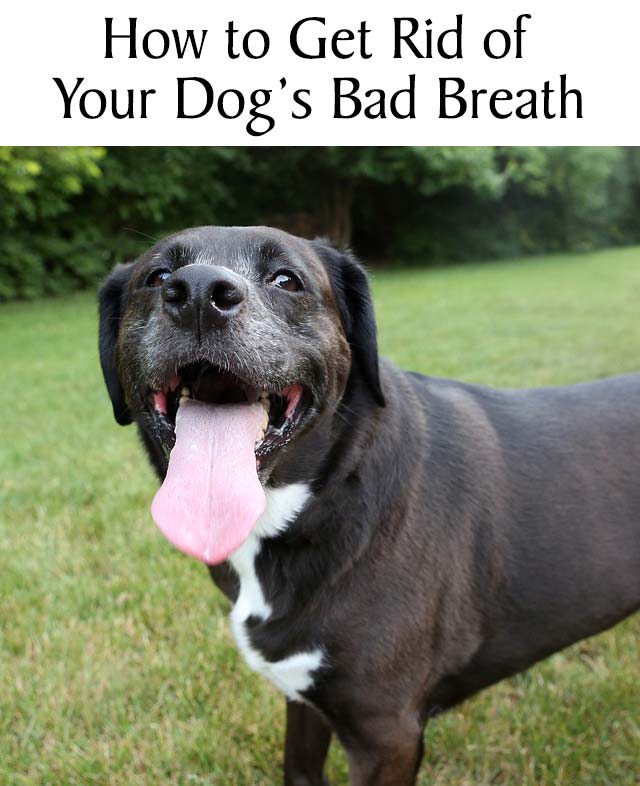Whether you just adopted a new dog, moved to a new area or are unhappy with your current vet, I’ve got some valuable tips to help you find a good vet for your dog. A few years ago, I was in the awkward position of having to switch to a new vet. I liked the personality and caring nature of the vet I was using and Haley was very comfortable going in for her visits, but unfortunately the quality of care just wasn’t up to par. I felt bad leaving our old vet, but Haley’s health was far more important than my personal feelings. Here are the things I considered during my search to find a good vet for Haley.
10 Ways to Find a Good Vet
1. Ask for Recommendations
The best place to start is to ask friends, family, neighbors or co-workers what vet they use and what they like about their vet. Word of mouth recommendations and other people’s experiences with vets in the area are extremely valuable, especially if you ask dog owners that expect the same level of care that you would like for your dog. Local shelters, groomers and trainers are also helpful when looking for recommendations.
2. Check Websites
Once you have some recommendations, check out the websites of the vets to get additional information about the staff and services that are offered. Read online reviews of vets in your area, but remember that reviews can be subjective because clients with a bad experience are usually more motivated to write reviews. Keep an open mind and use reviews to spot trends or to help you formulate questions to ask when you schedule a tour.
3. Check the Vet’s Qualifications
Before scheduling an appointment or taking a tour, double check the vet’s qualifications. Make sure they are licensed and search for any registered complaints against them by visiting the veterinary medical board’s website for your state. Inquire about any additional certifications or continued education that is beyond what’s required by your state or search the
American Board of Veterinary Practitioners (ABVP) website for additional certifications. It’s important that a vet is knowledgeable about advances in veterinary medicine so your pet can receive the best care possible. Also, be sure to ask about additional education and experience in holistic or alternative medicine if that’s important to you.
4. Is the Hospital AAHA Accredited?
My new vet’s hospital is accredited by the American Animal Hospital Association and it makes a huge difference in the quality of care and attention that we receive. AAHA facilities are held to a higher standard and are evaluated on a regular basis for nearly 900 standards of veterinary care. Visit the
AAHA website to learn more or to search for accredited vets in your area.
5. Schedule a Tour
Stop by the vet’s office to introduce yourself and inquire about scheduling a tour. This will give you a good first impression about the friendliness of the staff and the feel of the facility. Some vets may charge a fee if you want to have an extended one-on-one chat but most are happy to give potential clients a tour and talk briefly about their services. The office area should be clean and well organized with a friendly staff and the facility should include an adequate range of medical and lab equipment to diagnose and treat common conditions without having to refer you elsewhere. If they have a wide range of modern equipment, it means they’re interested in investing in new technology and the healthcare of their patients. Also check the condition and cleanliness of any onsite kennels and ensure dogs and cats are kept in separate areas.
6. Evaluate the Vet’s Personality
Having a medically-qualified vet is essential, but it’s just as important that your new vet has a good
tableside manner. They should be a good communicator and demonstrate a compassionate attitude towards your pet. It’s important that they don’t rush through the appointment but take adequate time to listen to your questions and address any concerns you might have. They should perform a thorough exam during each visit and relate to your pet in a positive, calm and caring manner.
7. Evaluate the Staff
Look for office staff and vet techs that are friendly and welcoming to you and your dog. They should treat all clients and pets well and have a positive, caring attitude. In larger offices and hospitals, your pet will be dealing with the staff more than the vet, so it’s important that they are competent and also have good communication skills. Accurate information and instructions should be relayed to you in a timely manner and you should receive medical related information along with your bill that outlines any procedures that were performed so you can retain a record of your dog’s health.
8. Where’s the Vet Located?
Location is not the most important thing, but if you can find a good vet that’s close to home, it’s ideal in case your dog has an accident or medical emergency. Haley once had an allergic reaction to a vaccine and I was so thankful that our vet was just minutes away so we could rush her back to the office for quick treatment. Not everyone is fortunate enough to have a good vet that’s located close to where they live, but it’s something to consider when evaluating your options.
9. Check What Services are Offered
Inquire about whether the vet can perform common diagnostic procedures onsite (x-rays, blood work, ultrasound, EKG, endoscopy, etc.) Are they equipped to perform common surgeries and do they have adequate equipment and staff for surgical monitoring and during recovery? What is their philosophy on pain management? Do they offer after-hours emergency service for their clients? It’s more convenient and less expensive if your vet can handle many of these services instead of referring you to another facility or a specialist.
10. Does the Vet Fit Your Budget?
To find a good vet that also fits within your budget might require some additional searching, but it’s worth the trouble since vet bills are pretty expensive these days. If you have pet insurance, make sure the vet accepts your insurance plan. Good vets will be upfront about the cost of treatment, especially if your pet needs extensive treatment or surgery. They will also explain what they feel is necessary versus what would be considered optional treatment and many offer discounts for families with multiple pets. Most vets now offer financing through programs like
Care Credit or other third-parties which is a valuable option if you’re suddenly facing a large, unexpected expense from an accident or illness. If your vet is constantly pushing food, supplements or other products, they may be more concerned about their profit margin than the health of your dog.
Choosing the best vet for your dog can be a confusing decision and the one thing we often overlook is our own intuition. If you’re having a problem with your vet or you feel they’re not providing the quality of care you expect, don’t be afraid to talk to them. Give them the chance to hear your concerns and address the issue first. If you can’t resolve the matter or the relationship just doesn’t feel right, trust your instinct and look for a new vet.
One of the best decisions I’ve made for Haley was to trust my gut instinct and make the move to our current AAHA-accredited vet. Even though they charge about 10 percent more than my previous vet, their quality of care is at least 50 percent better and if you ask me, that’s money well spent. Once you find a good vet for your dog, make sure you’re doing your part to make vet visits productive.
What are the most important qualities you look for in a vet?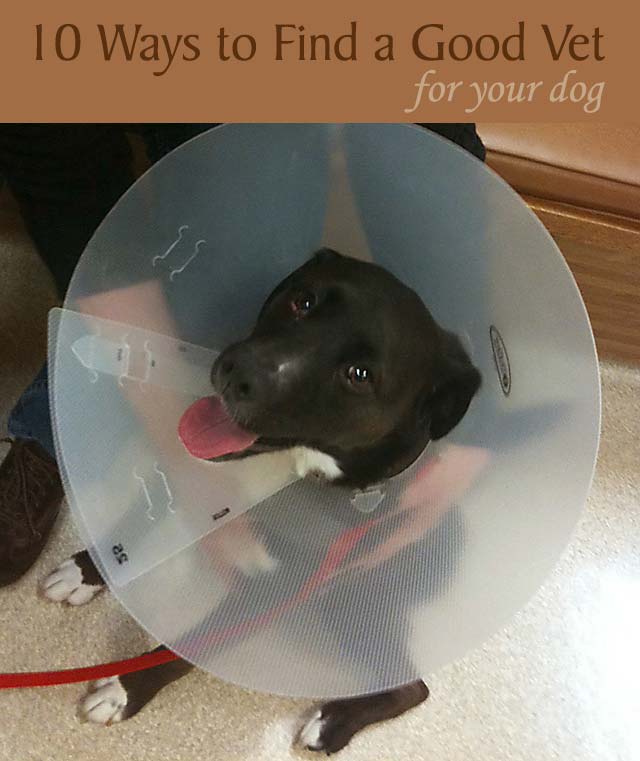
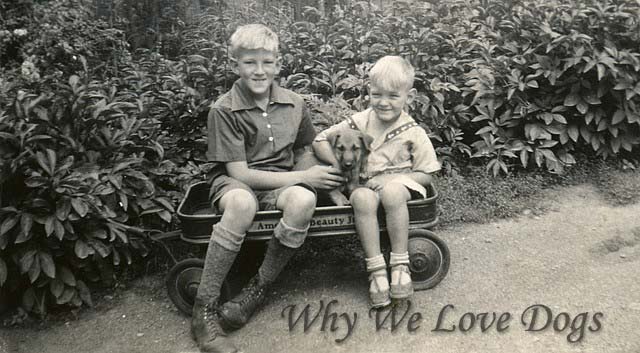 What do you do when your web hosting company struggles to get your server back online and healthy? These last couple of days have been pretty frustrating, but if you’re reading this, at least the server is operational at the moment and hopefully they’ve resolved the issue. It’s so aggravating when there’s nothing you can do about a problem except wait for someone else to fix it, but the server downtime did give me the chance to look through some old photos and discover one reason why we love dogs so much.
What do you do when your web hosting company struggles to get your server back online and healthy? These last couple of days have been pretty frustrating, but if you’re reading this, at least the server is operational at the moment and hopefully they’ve resolved the issue. It’s so aggravating when there’s nothing you can do about a problem except wait for someone else to fix it, but the server downtime did give me the chance to look through some old photos and discover one reason why we love dogs so much. 
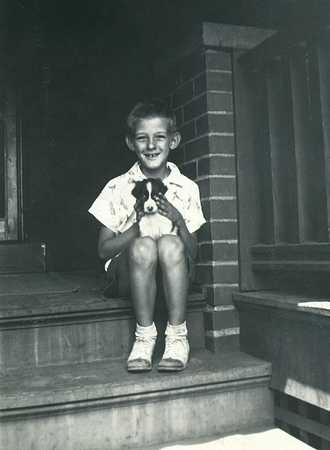

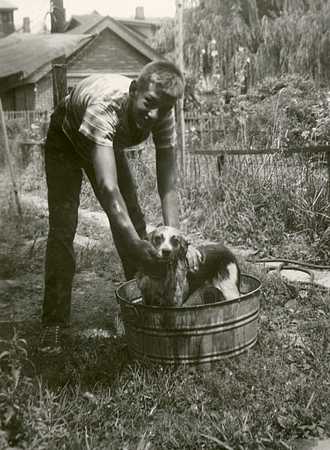

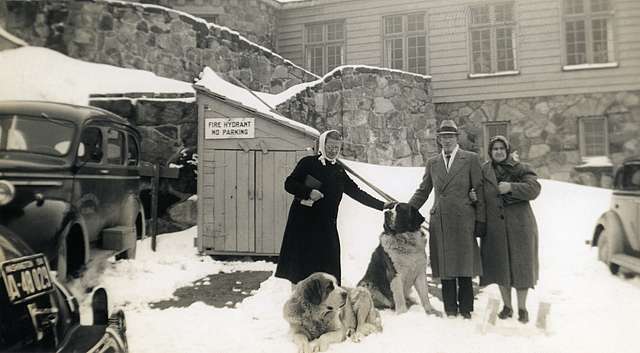
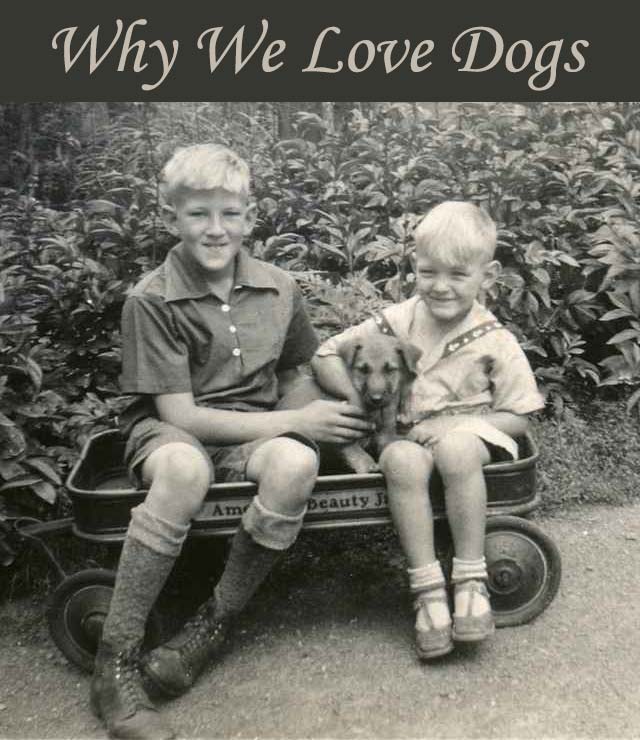

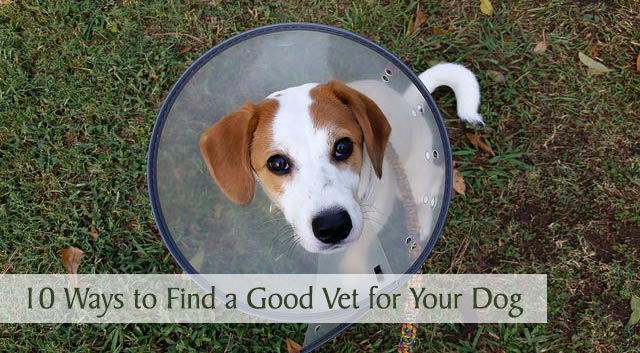

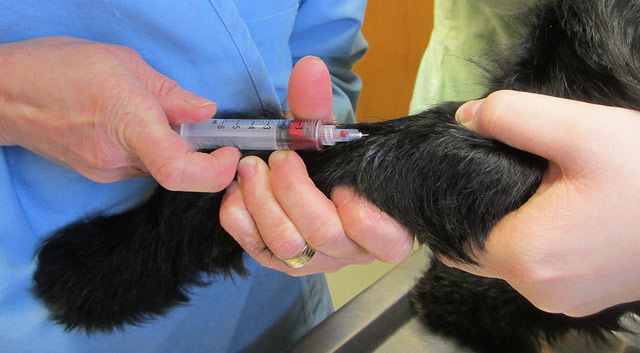

 Yay! The official start of the fall season is less than a week away and I’m ready to celebrate its arrival! The temperatures are slowly dropping, all the kids are back in school and I saw the first pumpkins for sale last week. I know it’s a little early, but I just had to buy a few. It’s almost time to make those pumpkin pies and seeing all the fall decorations reminded me to stock up on a couple of extra cans of pumpkin puree for Haley too. If you haven’t heard of the benefits of pumpkin for dogs, you’ll want to check these out!
Yay! The official start of the fall season is less than a week away and I’m ready to celebrate its arrival! The temperatures are slowly dropping, all the kids are back in school and I saw the first pumpkins for sale last week. I know it’s a little early, but I just had to buy a few. It’s almost time to make those pumpkin pies and seeing all the fall decorations reminded me to stock up on a couple of extra cans of pumpkin puree for Haley too. If you haven’t heard of the benefits of pumpkin for dogs, you’ll want to check these out!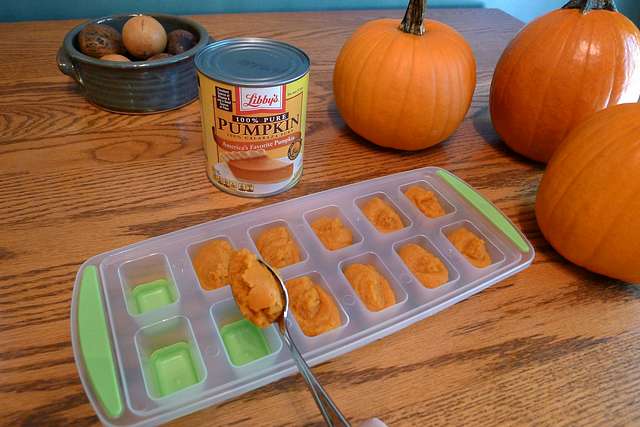

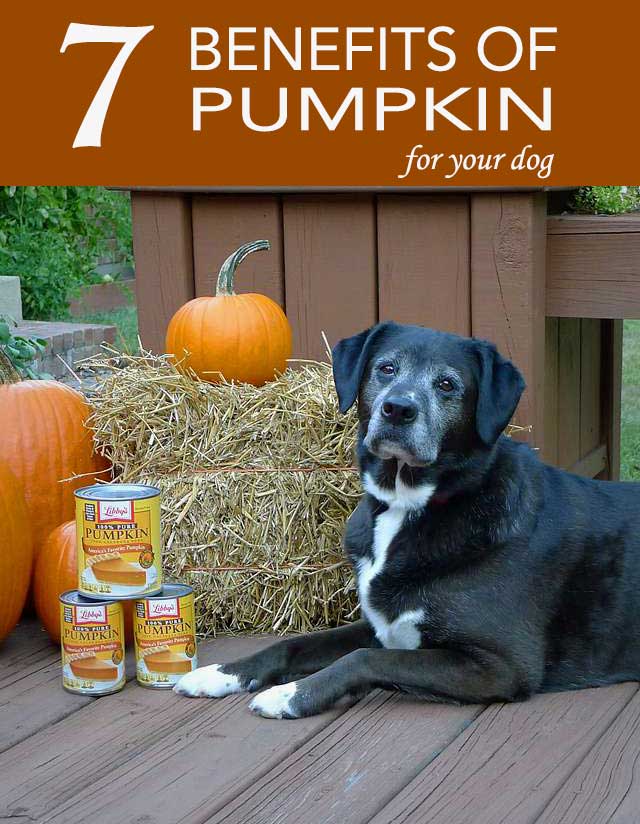
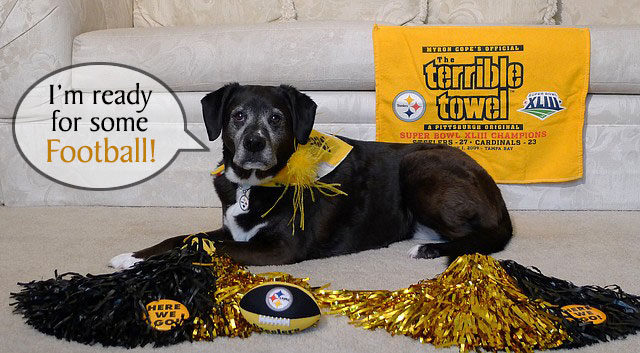 What are you doing Thursday night? Why not join us for the kickoff of the NFL season opener at 8:30 pm EST on NBC. It’s the Pittsburgh Steelers versus the New England Patriots and as if you couldn’t tell yet, I’m a diehard Pittsburgh Steelers fan along with my entire family. Even though we’re living in Ohio now, our roots are in Pittsburgh and as all Stiller fans know, it’s in our blood. Our apologies to the Bengals and Browns, it’s simply impossible for us to be converted.
What are you doing Thursday night? Why not join us for the kickoff of the NFL season opener at 8:30 pm EST on NBC. It’s the Pittsburgh Steelers versus the New England Patriots and as if you couldn’t tell yet, I’m a diehard Pittsburgh Steelers fan along with my entire family. Even though we’re living in Ohio now, our roots are in Pittsburgh and as all Stiller fans know, it’s in our blood. Our apologies to the Bengals and Browns, it’s simply impossible for us to be converted.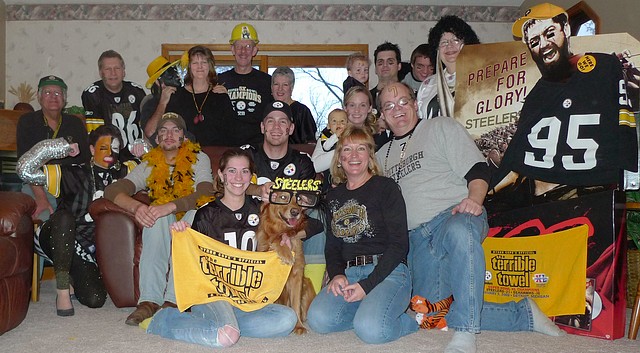



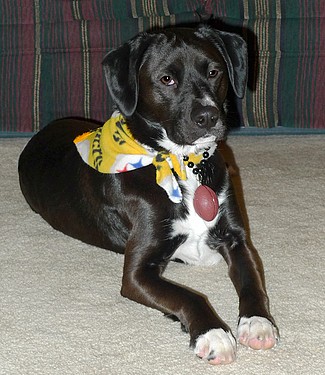

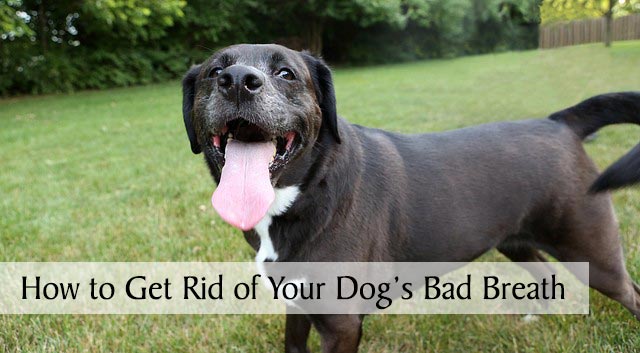 Yesterday I posted
Yesterday I posted  If your dog’s breath or dental issues are related to diet, talk to your vet about an appropriate and healthy alternative diet. Some raw-feeding dog owners swear by the benefits of a raw food diet and raw bones to help clean the teeth, but making the switch to a raw diet requires a certain level of commitment and a lot of research beforehand to make sure your pup receives a balanced, nutritious diet. If you’re interested in learning more about raw feeding, jump over to Kimberly’s
If your dog’s breath or dental issues are related to diet, talk to your vet about an appropriate and healthy alternative diet. Some raw-feeding dog owners swear by the benefits of a raw food diet and raw bones to help clean the teeth, but making the switch to a raw diet requires a certain level of commitment and a lot of research beforehand to make sure your pup receives a balanced, nutritious diet. If you’re interested in learning more about raw feeding, jump over to Kimberly’s 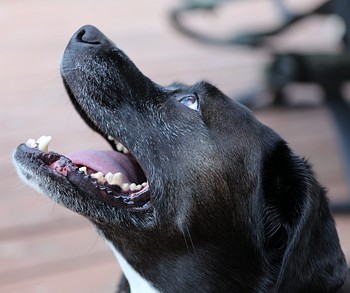 With 80% of dogs over the age of three already having gum disease, it’s pretty clear most of us need to do a better job with our dog’s oral health. Daily brushing is the best way to achieve that goal and improve the overall health of our dogs. And there’s another bonus, we would likely avoid the risk of anesthesia and the cost of those professional cleanings!
With 80% of dogs over the age of three already having gum disease, it’s pretty clear most of us need to do a better job with our dog’s oral health. Daily brushing is the best way to achieve that goal and improve the overall health of our dogs. And there’s another bonus, we would likely avoid the risk of anesthesia and the cost of those professional cleanings!